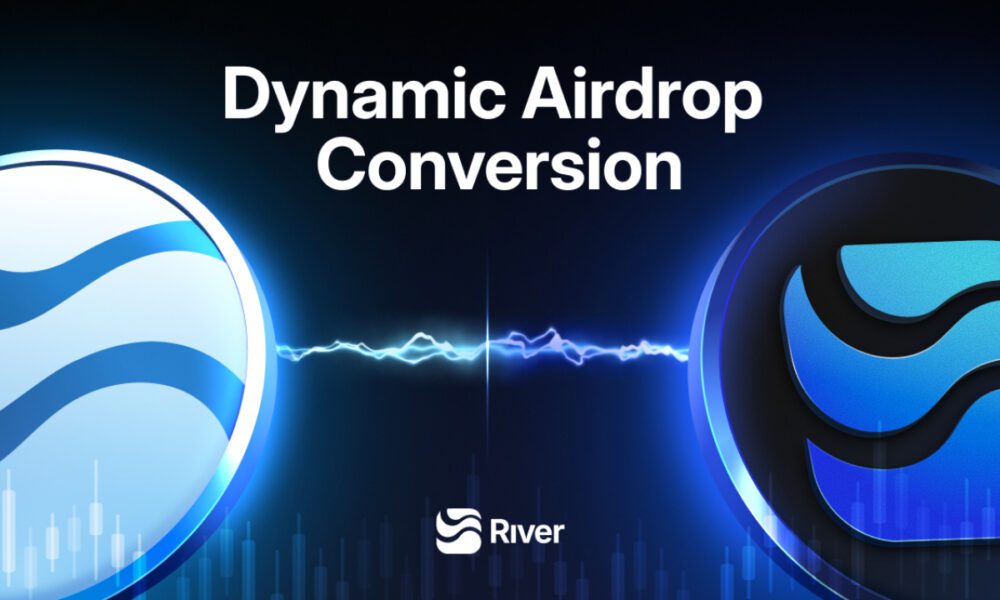The public transit industry is undergoing a massive transformation, thanks to the rapid advancements in financial technology (fintech). From contactless payments to real-time fare adjustments, fintech is making public transportation more efficient, accessible, and user-friendly. As cities grow and demand for seamless mobility increases, fintech solutions are stepping in to bridge gaps, reduce costs, and enhance the passenger experience.
The Rise of Contactless Payments in Public Transit
One of the most noticeable changes in public transit is the shift from cash and physical tickets to contactless payment systems. Fintech has enabled transit operators to adopt tap-and-go solutions, allowing passengers to pay using credit/debit cards, mobile wallets, or wearables.
For instance, cities like London and Singapore have successfully implemented contactless fare systems, reducing queues and speeding up boarding times. These systems not only improve efficiency but also minimize revenue leakage for transit agencies. Moreover, they provide valuable data on passenger behavior, helping authorities optimize routes and schedules.
Mobile Ticketing and Digital Wallets
Gone are the days of standing in long lines to purchase paper tickets. Fintech has introduced mobile ticketing apps that let commuters buy, store, and validate tickets using their smartphones. Digital wallets like Apple Pay, Google Pay, and transit-specific apps have made payments seamless.
Additionally, these apps often integrate loyalty programs, discounts, and real-time updates, enhancing the overall commuter experience. For example, apps like Moovit and Citymapper combine payment options with route planning, ensuring passengers have all the information they need in one place.
Dynamic Pricing and Real-Time Fare Adjustments
Fintech is also enabling dynamic pricing models in public transit. Using AI and big data, transit agencies can adjust fares based on demand, time of day, or special events. This approach helps manage congestion during peak hours while offering discounts during off-peak times.
For example, ride-hailing services like Uber already use surge pricing. Similarly, public transit systems could adopt flexible fare structures to balance demand and capacity. This not only improves efficiency but also makes public transport more affordable for budget-conscious travelers.
Blockchain for Secure and Transparent Transactions
Blockchain technology is making waves in public transit by enhancing security and transparency. Smart contracts can automate fare collection, reducing fraud and operational costs. Additionally, blockchain enables decentralized ticketing systems, where passengers can securely buy and transfer tickets without intermediaries.
Cities experimenting with blockchain-based transit solutions report fewer instances of ticket fraud and faster reconciliation of payments. As the technology matures, we can expect more transit systems to adopt blockchain for secure, tamper-proof transactions.
AI and Predictive Analytics for Smarter Transit Systems
Artificial intelligence (AI) is playing a crucial role in optimizing public transit operations. Fintech-powered AI analyzes vast amounts of data to predict passenger flow, identify maintenance needs, and suggest route improvements.
Predictive analytics helps transit agencies allocate resources more effectively, reducing delays and improving service reliability. For example, AI can forecast peak travel times and adjust the number of active buses or trains accordingly. This ensures smoother operations and a better experience for commuters.
Micromobility and Fintech Integration
The rise of micromobility—bike-sharing, e-scooters, and ride-pooling—has been accelerated by fintech. Payment integrations allow users to unlock and pay for these services seamlessly through apps. Many micromobility providers also offer subscription models, making short-distance travel more affordable.
Fintech enables real-time billing, automatic deductions, and even carbon credit incentives for eco-friendly commuting choices. As cities push for greener transportation, fintech will continue to support the growth of micromobility solutions.
Financial Inclusion and Affordable Transit
A major advantage of fintech in public transit is its ability to promote financial inclusion. Unbanked or underbanked populations often struggle with traditional payment methods. However, mobile money solutions and prepaid transit cards provide accessible alternatives.
In emerging markets, fintech-powered transit payments are helping low-income commuters access affordable transport. Mobile-based payment systems eliminate the need for bank accounts, ensuring everyone can benefit from digital transit solutions.
The Role of Open Banking in Transit Innovation
Open banking is another fintech innovation transforming public transit. By allowing third-party developers to access banking data (with user consent), transit apps can offer personalized payment plans, budget tracking, and seamless top-ups.
For instance, a commuter could link their bank account to a transit app, enabling automatic fare deductions or installment-based payments. Open banking fosters innovation, making transit payments more flexible and user-centric.
Challenges and Considerations
Despite its benefits, fintech adoption in public transit faces challenges. Cybersecurity risks, data privacy concerns, and the digital divide must be addressed. Not all commuters have access to smartphones or stable internet, which could exclude certain demographics.
Transit authorities must also invest in infrastructure upgrades to support fintech solutions. Collaboration between governments, fintech firms, and transport operators is essential to ensure smooth implementation.
The Opportunities of Fintech in Public Transit
The future looks promising as fintech continues to revolutionize public transit. We can expect further integration of biometric payments (facial recognition, fingerprint scanning), IoT-enabled smart transit systems, and even cryptocurrency-based fare options.
As urban populations grow, the demand for efficient, affordable, and sustainable transit will rise. Fintech will play a pivotal role in meeting these needs, shaping the future of mobility for generations to come.
Final Thoughts
Fintech is not just changing how we pay for public transit—it’s redefining the entire passenger experience. From contactless payments to AI-driven optimizations, these innovations are making transportation faster, cheaper, and more convenient.
Furthermore, transit systems worldwide must embrace fintech to stay competitive and meet commuter expectations. The journey has just begun, and the road ahead is full of exciting possibilities. By adopting these advancements, cities can build smarter, more inclusive transit networks that benefit everyone. The fusion of finance and technology is paving the way for a seamless, connected, and sustainable future in public transportation.



































